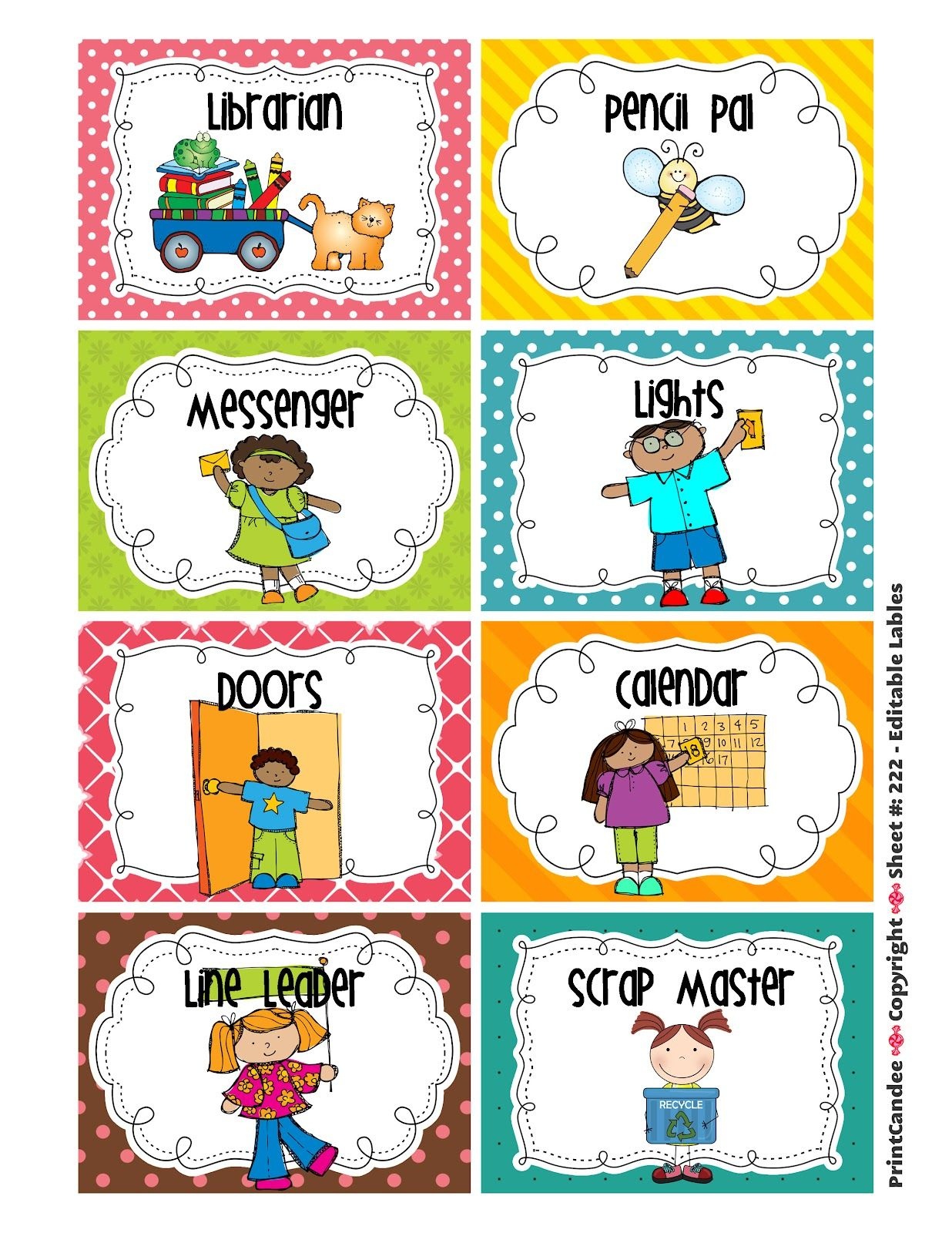Introduction
Art education plays a crucial role in the development of students, fostering creativity, critical thinking, and self-expression. In recent years, there has been a growing demand for art jobs in the classroom, as educators recognize the immense benefits of incorporating art into the curriculum. This article explores the various art-related roles within the classroom and highlights the significance of these positions.

The Role of an Art Teacher
An art teacher is an essential figure in the classroom, responsible for teaching students various artistic techniques, introducing them to different art forms, and inspiring their creativity. They create a safe and inclusive environment where students feel encouraged to explore their artistic abilities. The art teacher plays a vital role in nurturing students' passion for art and guiding them towards artistic excellence.

Art Therapist in the Classroom
Art therapists play a unique role in the classroom, using art as a therapeutic tool to help students express their emotions, cope with challenges, and enhance their overall well-being. They work closely with students, providing a safe space for self-reflection and personal growth through artistic expression. Art therapy in the classroom can have a profound impact on students' mental health, fostering resilience and emotional intelligence.

Art Administrator
An art administrator is responsible for managing and organizing art-related initiatives within the school. This includes coordinating art exhibitions, arranging field trips to museums, and overseeing the art budget. They play a crucial role in ensuring that art programs are well-funded and adequately supported. Art administrators also collaborate with teachers and parents to promote the importance of art education in the curriculum.

Art Integration Specialist
An art integration specialist works closely with classroom teachers to incorporate art across different subjects, creating interdisciplinary learning experiences. They provide guidance and resources for teachers to integrate art into their lesson plans, helping students make connections between art and other academic disciplines. Art integration specialists play a vital role in promoting cross-curricular learning and enhancing student engagement.

Art Museum Educator
Art museum educators collaborate with schools to enhance students' understanding and appreciation of art. They organize museum visits, facilitate interactive tours, and conduct engaging workshops that encourage students to analyze and interpret artworks. Art museum educators play a critical role in exposing students to diverse art forms, cultures, and historical periods, broadening their horizons and fostering a lifelong love for art.

Art Supplies Coordinator
An art supplies coordinator ensures that classrooms are well-stocked with the necessary materials for art projects. They manage inventory, order supplies within the allocated budget, and ensure that students have access to a wide range of creative materials. The art supplies coordinator plays a vital role in supporting hands-on learning experiences and enabling students to explore different mediums and techniques.

Art Technology Specialist
An art technology specialist leverages digital tools and technology to enhance art education in the classroom. They introduce students to graphic design software, digital drawing tablets, and other technological resources that expand their artistic possibilities. The art technology specialist also provides technical support to teachers, ensuring they can effectively incorporate technology into their art lessons.

Art Program Evaluator
An art program evaluator assesses the effectiveness of art programs and initiatives within the school. They collect and analyze data, conduct surveys, and observe classroom activities to determine the impact of art education on student learning and development. Art program evaluators provide valuable insights that help schools enhance their art programs and make informed decisions regarding resource allocation.

Conclusion
Art jobs in the classroom are crucial for fostering creativity, promoting emotional well-being, and enhancing student engagement. From art teachers who inspire and guide students' artistic journeys to art administrators who ensure adequate resources, each role contributes to the overall success of art education. By recognizing and supporting these art-related positions, schools can provide students with a well-rounded education that nurtures their artistic talents and prepares them for a future enriched by creativity.